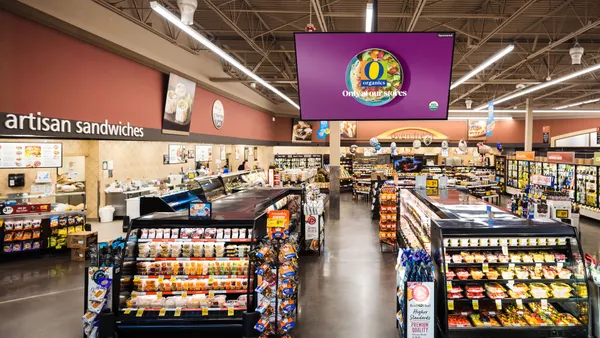Dive Brief:
- Virtual reality is not quite a marketing channel just yet, but lower cost display devices will begin to change that.
- Early adopters are likely to be B2B marketers and marketers of big ticket items who might use the technology to feature considered purchase products in 3D environments.
- It’s expected that VR tech will be used more to create engaging and immersive story-telling around a product, rather than merely serve as a sophisticated billboard.
Dive Insight:
Virtual reality is one of those technologies that has been hyped for a number of years, but with a host of low cost VR display devices -- such as the Samsung Gear headset and Google Cardboard -- about to become more common, there’s already speculation about how marketers will take advantage of the new messaging channel. One group is potentially an early adopter of marketing via VR -- B2B marketers and marketers of big ticket considered purchase items using virtual reality to feature those products in a 3D environment for a virtual “try before you buy.”
Gary Koepke, Chief Creative Officer for SapientNitro, shared his view of VR and marketing at the recent Cannes Lions event, saying the real potential is in building engaging experiences. He explained, “You can create a story around your brand that you can't do on a laptop."
Another marketing opportunity virtual reality will offer is the ability to conduct testing on how virtual stores are merchandised, allowing marketers to test wherever their test group is found rather than having to build a physical mock-up of the merchandising and transport the group to that location.
Research from the Gartner Group found an expected 25 million VR or limited augmented reality headsets in consumer hands by 2018.









